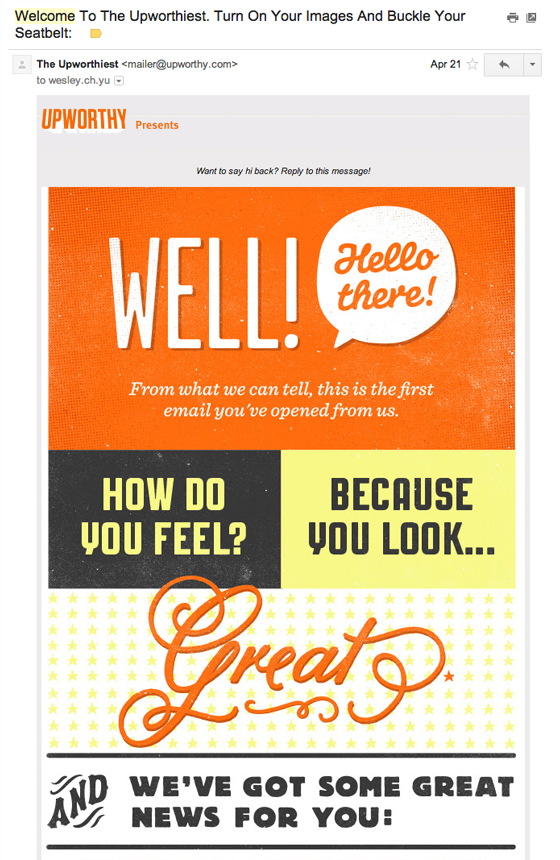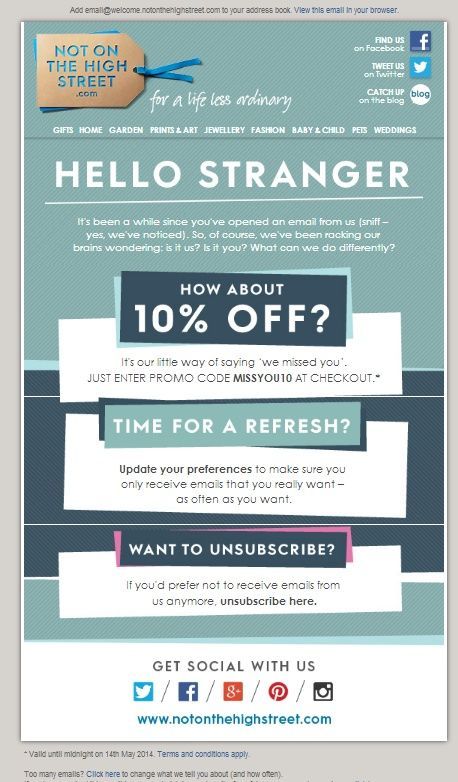Emails are a common mode of communication second only to phone calls as per Adestra’s Consumer adoption Report 2016 amongst mobile users.
Combining two facts emerging from Radicati’s Email Statistic Report 2016-2020, i.e:
[A] There are 2.6 billion email users globally
[B] Daily 215 billion (approx) emails are sent which includes both business and consumer emails
One can decipher that on an average, an email user receives 82 emails daily in their inbox. Does your email stand a chance to stand out from the competition? It surely shall… if your subscribers can connect with your email, it shall surely be opened and read.
Prima facto for any email is personalization on which Monks have been constantly enlightening you through their blogs. But did you know that, sometimes, the way you personalize your emails also plays an important part, subconsciously?
Let the Monks guide you in measuring the sentiments in your emails.
How you say things matter along with what you say
Imagine the following scenario. You abandon a cart mid-purchase on an ecommerce site and receive a cart abandonment email. Out of the following two emails which shall prompt you to return to the cart to complete the purchase?
1]
Hey Monks,
We observed a product reserved in your cart. Since we cannot guarantee its extended availability, here is a special 5% discount code for you to be used at checkout.
Happy to help.
2]
Dear Monks,
The following products are left in your cart. Due to limited stock, we cannot ensure the product shall be available next time you log in. Use the following code to get a 5% discount at checkout.
Happy to help.
Both emails address with the first name, remind about products left in the cart, and offer a discount code at checkout. But the approach and the tone of the first choice is more humane (polite, maybe?) and not as direct as the second choice.
In these times of triggered emails and automation processes, people don’t want to be treated just as a name in the list, but wish the email they receive to be from an actual person. Even though sending individual email is not physically possible, the tone of email along with merge tags can help your automated emails sound humanly.
Welcome emails, Birthday/Anniversary emails: These emails signify a happy tone. Cheery words framed to reflect excitement shall make your subscribers feel closer to the brand.

Thank You and Transactional Receipts: Whenever your customer makes a purchase or makes a download from your set of deliverables, a transactional receipt or thank-you email is sent. Let your email reflect gratitude and hope for future engagements.
Lead Nurturing emails: Such emails need to be value addition to the current requirements that your leads are in lookout for. Don the cap of an elder sibling, let your expertise reflect in suggesting helpful links connecting to pain areas of your leads with a hint of warmth in the email tone. Going for a purely sales or marketing approach may put off your subscribers.
Cart-abandonment and Re-engagement emails: These emails are to lure back your customers into their abandoned cart (Ka-ching!) or bring them back into your emailing list.
A hint of remorse or grief or a heartbreak mixed with hope of patching up (but not enough to guilt them back to you) can be a really good tone to set in a re-engagement email.
Humor works best for cart abandonment emails. Subtly remind your customers about the abandoned cart and watch them return joyfully to complete their purchases.

Parting Thoughts
- Email is not just the transmission of information, it manages relations remotely. Start the conversation with something that replicates face-to-face communications. For example, “Hope you doing well” or “Halloween Eve is round the corner. We wish your family a Happy Halloween”.
- Leave no room for misinterpretations of your message; craft the email to ensure that your message is conveyed with your true intention.
- Do not use text speak like “lol” or “BTW”. Not everyone in your emailer list reads like a teenager.
- Most people associate typing in ALL CAPS with screaming at someone.
- Never overuse punctuation!!!!
- If you are not sure about the tone of an email you are sending, have someone else read it and give you a feedback before you send it. If no one else is available for a tone check, store the email in your draft folder and come back and re-read it a couple of hours later before sending it.
(63)











